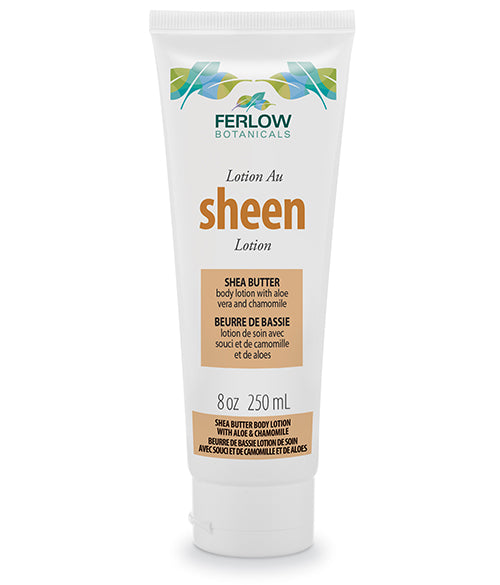Let Stevia be your Sweet for 2017...

Stevia – What’s It All About?
Stevia has been around for centuries, originating from a small green leaf bushy plant, mainly from South America. It is a perennial shrub native to Paraguay and Brazil. It is now cultivated in many other geographical regions around the globe.
Native Americans in these regions realized that the leaves were sweet, and used them to season teas and other foods. The plant is also sometimes called sweetleaf or sugarleaf, in a reference to the natural sweetness held in the leaves. As Europeans began to explore the foods consumed by Native Americans, they were introduced to stevia.
Originally the green leaves were crushed or used in a tea for the sweetening effects. In the 1930s, chemists in France isolated stevioside (1), the compound in the leaves that is responsible for their sweetness. This compound is sometimes sold isolated from the leaves in a highly refined form. In other cases, the sweetener is made by crushing or distilling the leaves of the plant to form a powder or a syrup with an intensely sweet flavor. FDA has now approved (6) stevia (steviosides) as a sweetener – ironically many years after smaller companies made stevia popular and helped educate the public on it’s benefits and uses.
Companies such as Cargill have developed special stevia plants that are much sweeter than traditional varieties. Some say that Coca-Cola and PesiCo had blocked stevia’s FDA approval as a sweetener for many years until they were able to develop their own sources which are now cheaper and sweeter via Cargill (5) and other companies. Now they are flooding the market with cheap stevia pushing the smaller companies off the map. It is an unfortunate development but like many ingredients before stevia, it’s the mom & pops that make new trendy things popular and then the big players gobble them up. Currently they are working on using a fermentation process to produce steviosides instead of extracting them from stevia leaves.
In pop drinks, however, stevia has been only somewhat successful and the reason for that is that the sweet taste comes on slowly but is eventually quite strong. When you drink a regular cola you have this sugar sweet taste right away, which with stevia is delayed. If you add enough stevia to give that initial sweet impression it is much too strong in aftertaste.
So what is so good about stevia? Well to start, it is 100-300 times sweeter than sugar (3) but has no carbohydrates, calories or artificial ingredients. As part of a weight loss regime it is an excellent choice. Is stevia safe?Keep in mind we are talking only about steviosides, the FDA has not approved sweeteners made from crushed stevia leaves or raw stevia derivatives due to other concerns.
Concentrated stevioside is a specific component of stevia leaf that is extracted and purified. This is the sweet component along with rebaudioside (4). Stevia does have a licorice aftertaste, however stevioside powder blends with a high rebaudioside content have less of that licorice taste. This concentrated powder is extremely sweet. Ferlow Botanicals blends a liquid using this potent extract that is easy to dispense with a rubber dropper. Just a few drops in your tea or coffee tastes nice and sweet.
References:
(1) https://en.wikipedia.org/wiki/Steviol_glycoside
(2) http://www.wisegeek.org/what-is-stevia.htm
(3) http://www.webmd.com/food-recipes/what-is-stevia
(4) https://en.wikipedia.org/wiki/Rebaudioside_A
(6) http://www.fda.gov/downloads/food/ingredientspackaginglabeling/gras/noticeinventory/ucm269239.pdf
Also in Happy Holidays




